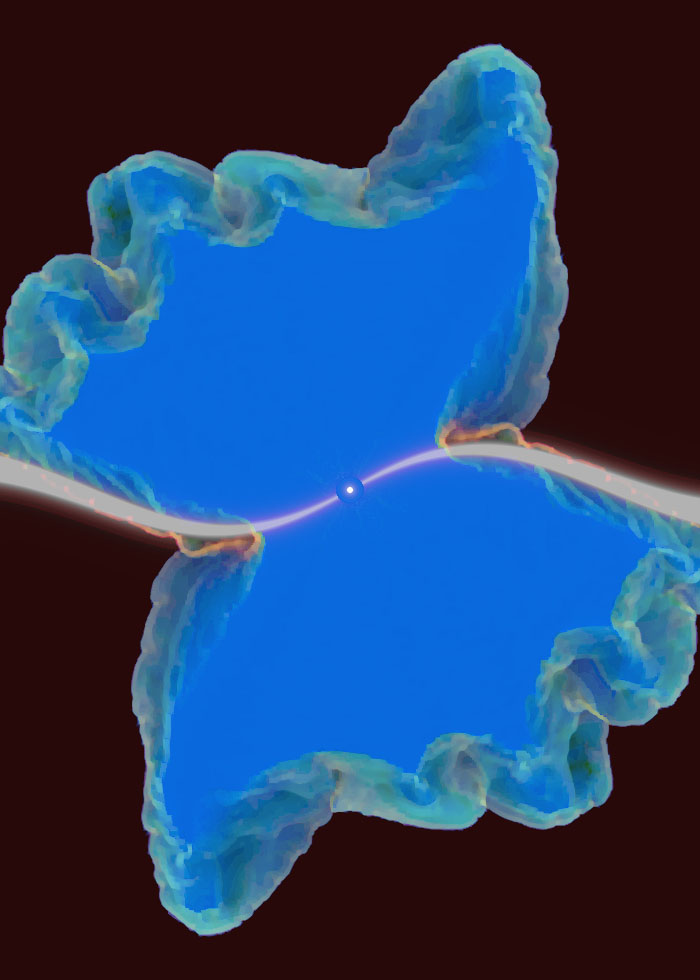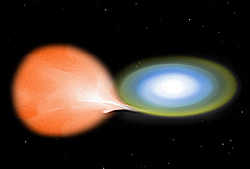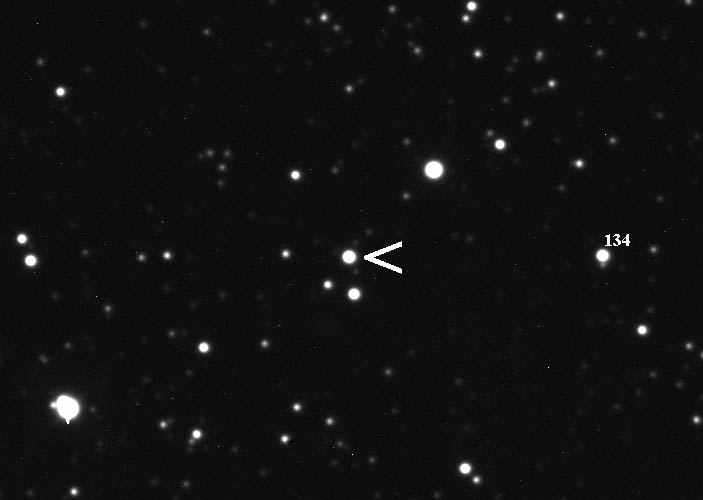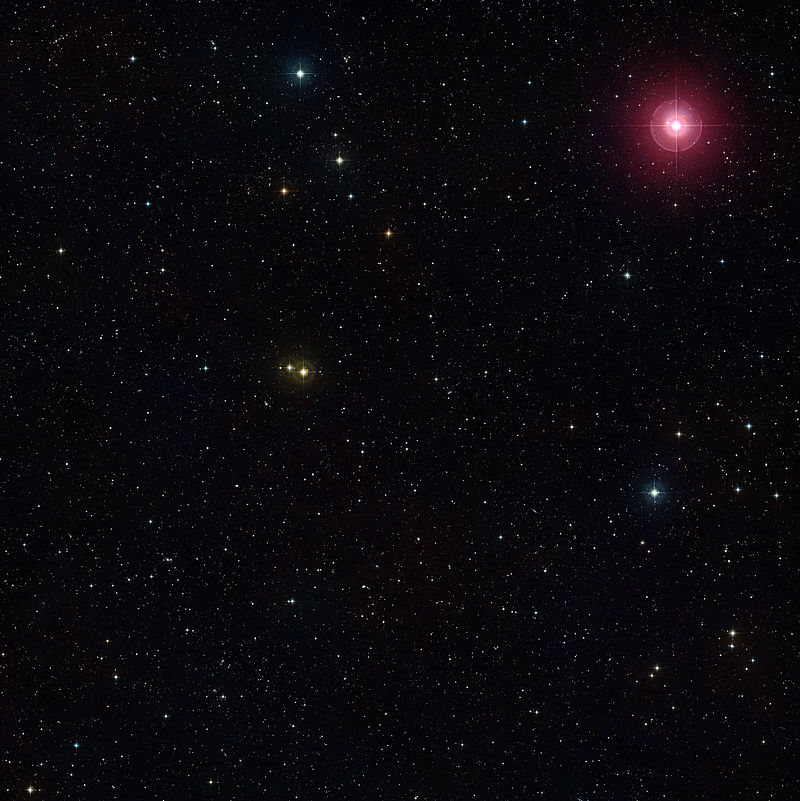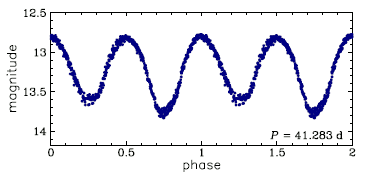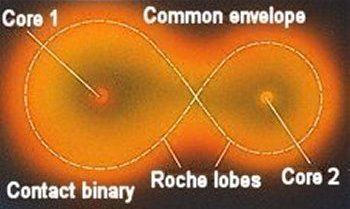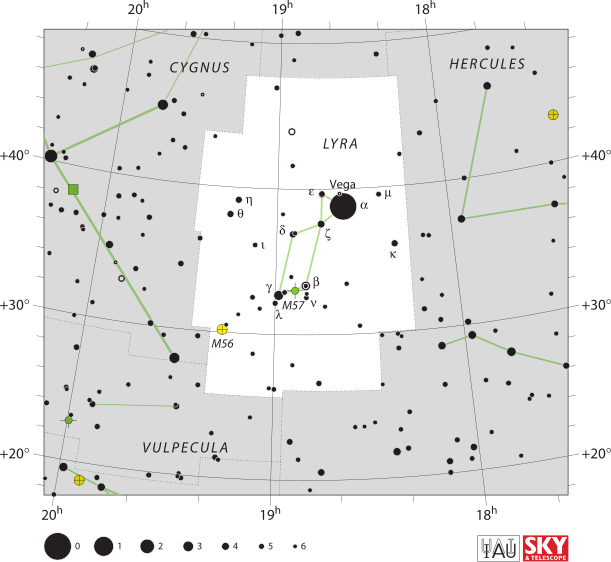 |
| Kepler Space Observatory FOV Image NASA/JPL via Space.com |
Kepler mission is currently among the most promising searches for planets orbiting a star in the habitable zone and thus candidates for finding evidence of water and extraterrestrial life. The quest for such planets is quickly developing into its own highly specialized branch of Astronomy with greatpublic interest. What and who is out there?
Kepler is a space observatory launched by NASA to discover Earth-like planets orbiting other stars. The spacecraft, named after the Renaissance astronomer Johannes Kepler, was launched on March 7, 2009. Designed to survey a portion of our region of the Milky Way to discover dozens of Earth-size extrasolar planets in or near the habitable zone and estimate how many of the billions of stars in the Milky Way have such planets,
Kepler 's sole instrument is a photometer that continually monitors the brightness of over 145,000 main sequence stars in a fixed field of view. This data is transmitted to Earth, then analyzed to detect periodic dimming caused by extrasolar planets that cross in front of their host star.
Wikipedia
Exoplanets in the region of Lyra
 |
| The Kepler planet candidates image NASA Kepler: a search for habitable planets |
Lyra is one of three constellations (along with neighboring Cygnus and Draco) to be in the Kepler Mission's field of view, and as such it contains many more known exoplanets than most constellations.
Kepler 7-b
One of the first discovered by the mission is Kepler-7b, an extremely low-density exoplanet with less than half the mass of Jupiter, yet nearly 1.5 times the radius.
Kepler 8-b
Almost as sparse is Kepler-8b, only slightly more massive and of a similar radius.
Kepler-20
The Kepler-20 system contains five known planets; three of them are only slightly smaller than Neptune, and two while the other two are some of the first Earth-sized exoplanets to be discovered.
Kepler-37
Kepler-37 is another star with an exoplanet discovered by Kepler; the planet is the smallest known extrasolar planet known as of February 2013.
Kepler-62
In April 2013, it was announced that of the five planets orbiting Kepler-62, at least two—Kepler-62e and Kepler-62f—are within the boundaries of the habitable zone of that star, where scientists think liquid water could exist, and are both candidates for being a solid, rocky, earth-like planet. The exoplanets are 1.6 and 1.4 times the diameter of Earth respectively, with their star Kepler-62 at a distance of 1,200 light-years.
Wikipedia
Video Credit & Copyright: Ethan Kruse (University of Washington)
via NASA/APOD
______________
Read the original wiki articles linked here under the text snippets for much more information, references and links.
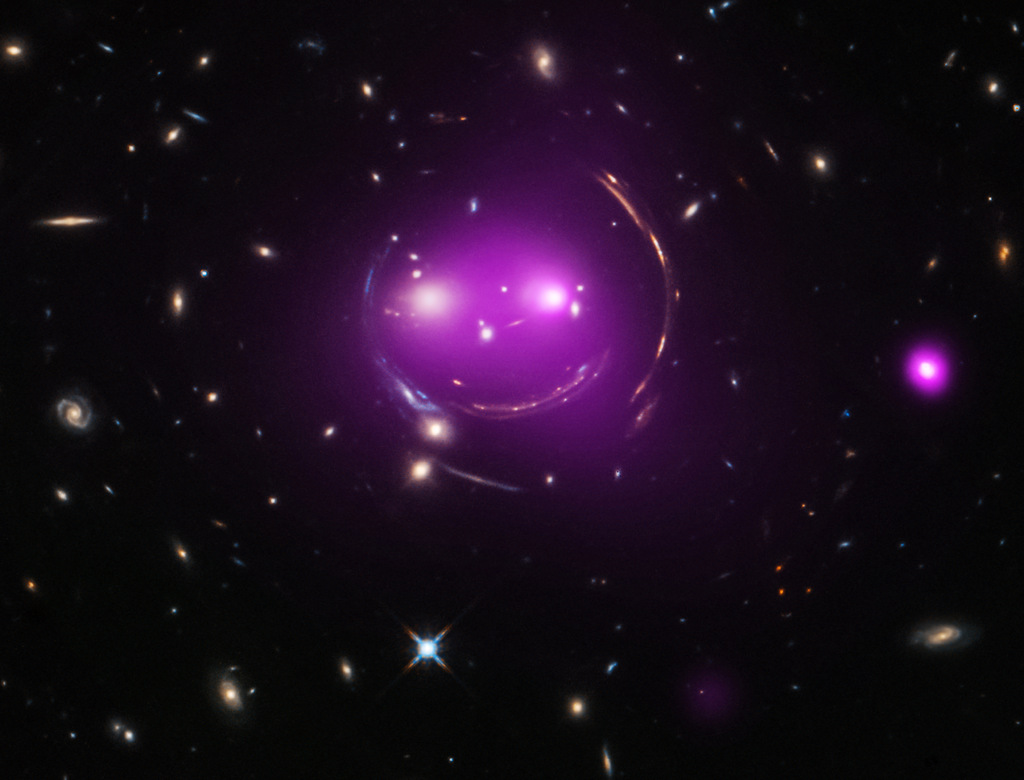



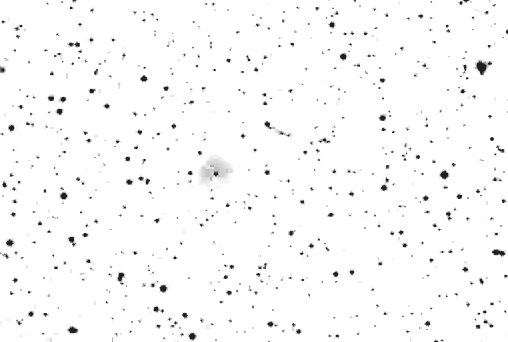




.jpg/800px-Alcyon_(star).jpg)





